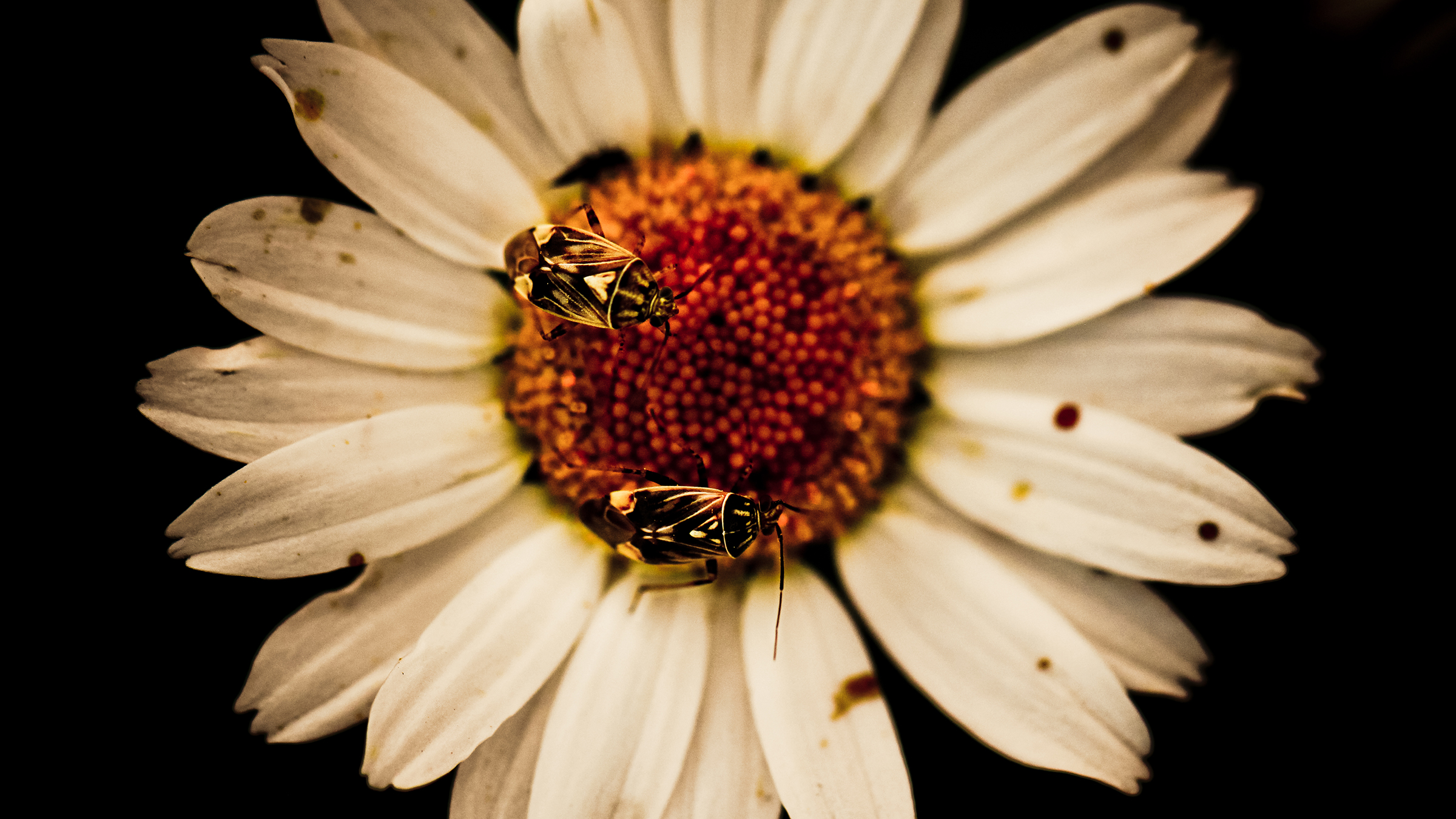What's going on?

Bees are one of natures best pollinators. Without them the Earth would be a drastically different place. When a bee pollinates a plant, it allows that plant to grow seeds and produce fruit. Without the bees many of the fruits and vegetables people eat on a daily basis would no longer exist.Beekeepers all across America have been noting a sudden disappearance of bees. More and more of their colonies have been dying off every year during the winter. Many of the things we as humans are doing to produce better, bigger, and healthier crops are actually harming the bees. Some sections of the world have completely killed off bees so the humans living there have to pollinate all of their plants by hand.


